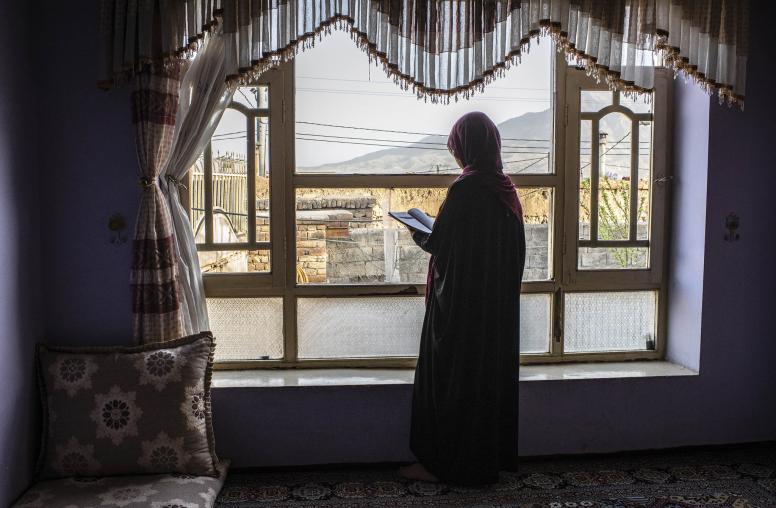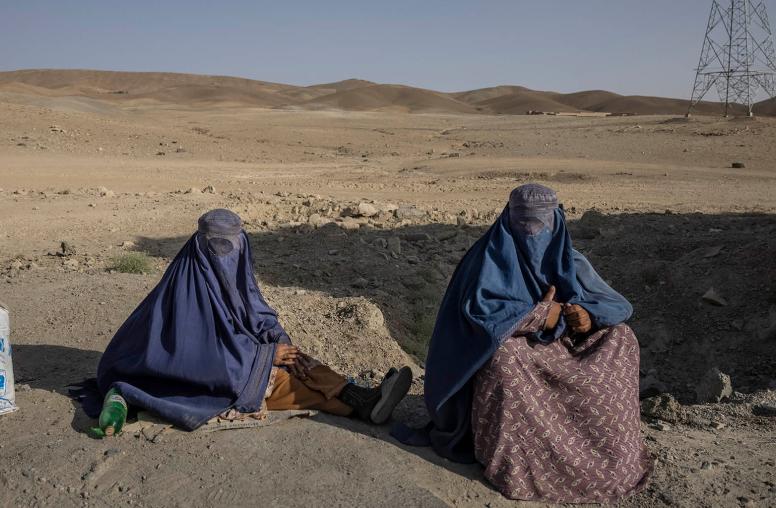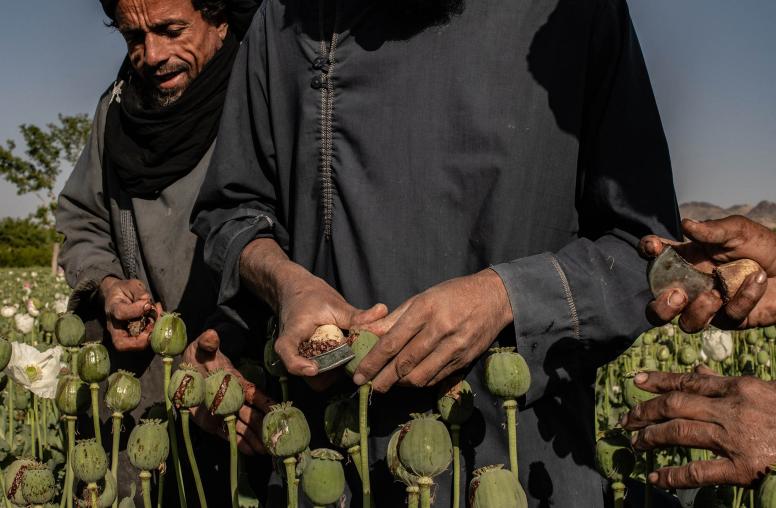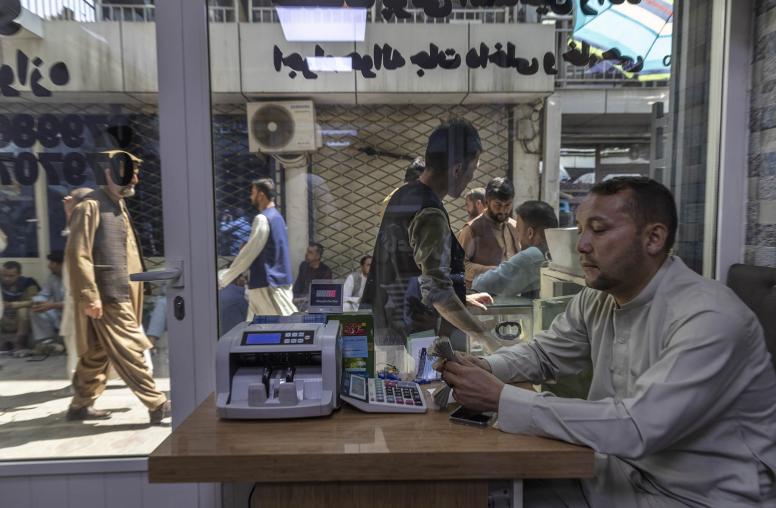Afghanistan’s leaders are mostly breathing a sigh of relief at the release of the new U.S. strategy after such a long delay. President Trump’s speech featured important reassurances to Afghanistan and some useful warnings all around. But it also leaves questions about the difficulty of reaching the goals that both the Afghan and U.S. governments have set out.

President Trump mentioned important elements for winning the war: he warned the Taliban that they cannot win on the battlefield and should instead pursue a peace process with the Afghan government; he cautioned Pakistan that the U.S. cannot tolerate a double game of trying to be a U.S. partner while supporting terrorist groups that attack American forces next door; and he sent a strong message to the Afghan government that the U.S. insists on stronger action against corruption and for better governance.
The plan also makes clear that the U.S. will not repeat the mistake it made in Iraq by withdrawing prematurely from Afghanistan and allowing it to become a haven for terrorist groups that would target the U.S. and its allies.
Many in Afghanistan, including President Ashraf Ghani and Chief Executive Officer Abdullah Abdullah, are pleased with the new U.S. strategy and support it. Many feared that a U.S. withdrawal would leave a vacuum that would be filled by civil war and proxy conflicts among internal and regional powers, as happened after the withdrawal of the Soviet Union in 1989.
But the plan poses at least two big questions: What if Pakistan doesn’t change its policy and continues supporting the Taliban and other terrorist groups in the region? And what if the Afghan government can’t fulfill its—and the U.S.—goals of reducing corruption and improving governance?
Without more details on the military strategy, many still worry that Pakistan’s military or civilian leaders may continue supporting the Taliban and Haqqani networks in Afghanistan as a hedge against their concern of being surrounded by hostile powers. If they test American intentions, the fighting in Afghanistan might intensify in the short term. But if the U.S. demonstrates determination with Pakistan and successfully helps Afghan forces turn back the Taliban, Pakistan might finally conclude that it cannot afford the heavy price of its policy over the long term. That might, in turn, persuade the Taliban and its backers to pursue a negotiated settlement.
Another challenge is how the Afghan government can take the risky but courageous steps needed to fight corruption and improve governance, while still keeping the National Unity Government intact. So far, President Ghani has opted to avoid the potential backlash of tough decisions.
As President Trump noted, eventually it is up to the Afghans how to govern. But the imperative to support President Ghani on governance and on accountability for those who abuse their power is just as important as backing the fight against the 20 U.S.-designated foreign terrorist groups that the U.S. has tallied as operating in Afghanistan and Pakistan.
It should be obvious that, after so many years of enormous human and capital losses, failure in Afghanistan is not in the interest of Afghans, their neighbors or the international community. It is in the interest of all stakeholders in Afghanistan to open a new page of cooperation and try to succeed, to prevent future attacks in the U.S. and also elsewhere in the world.



